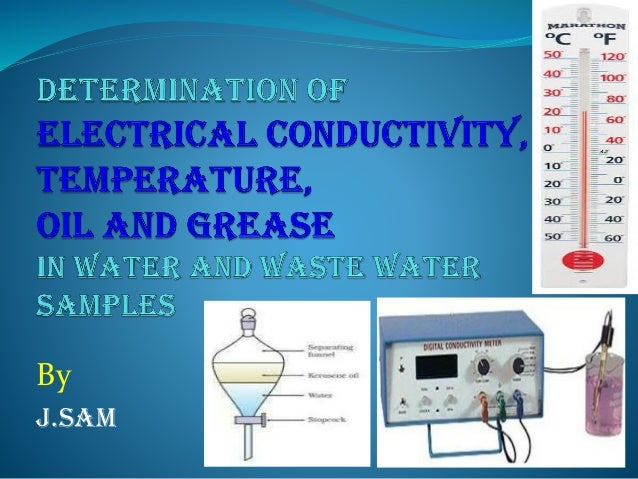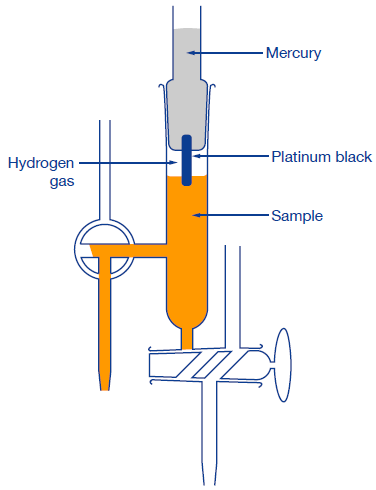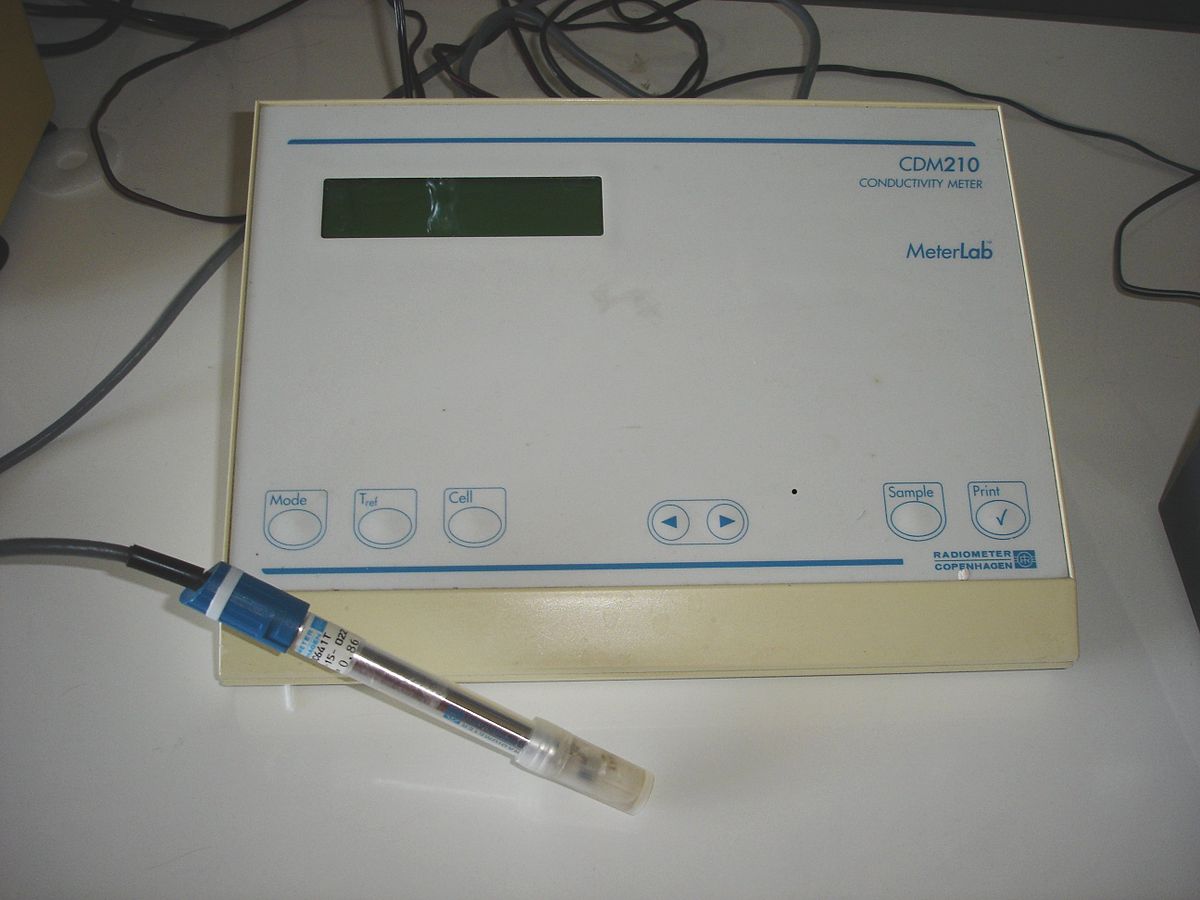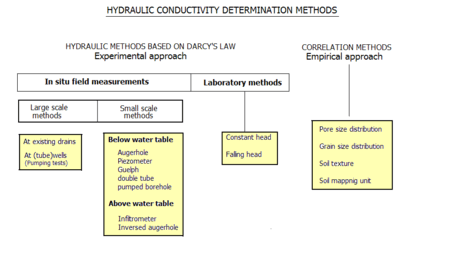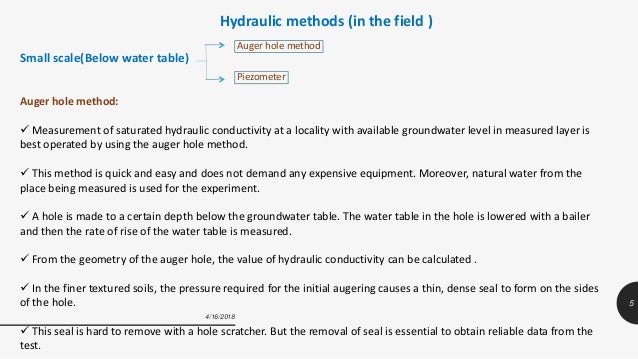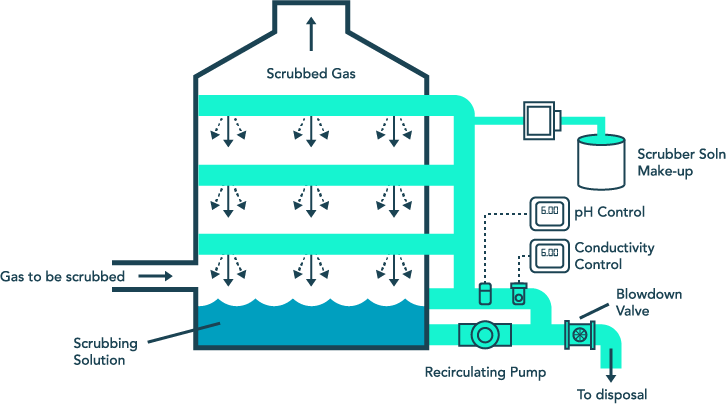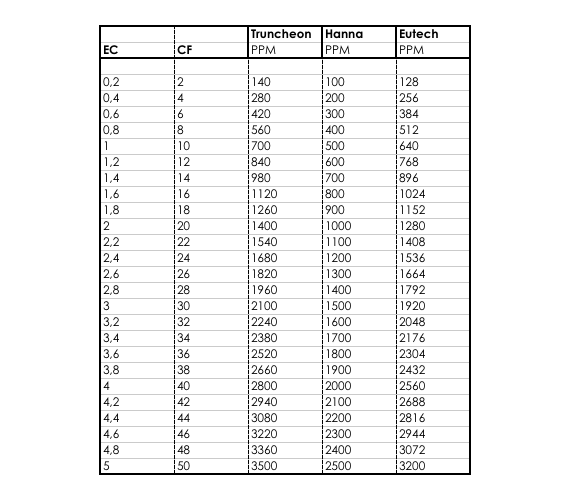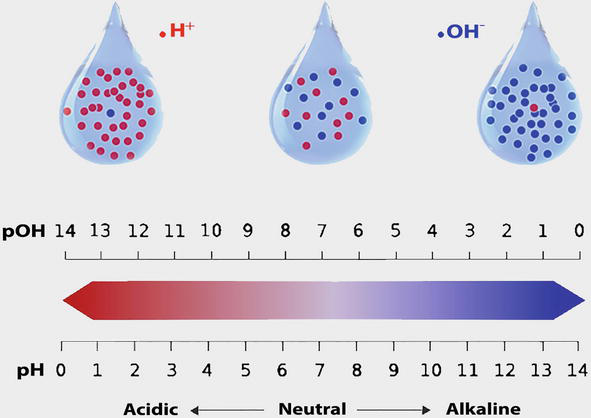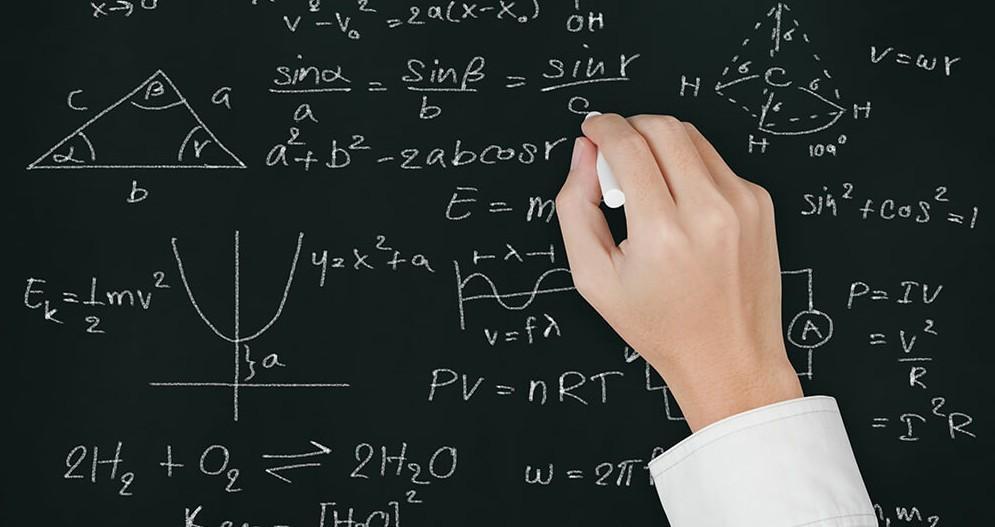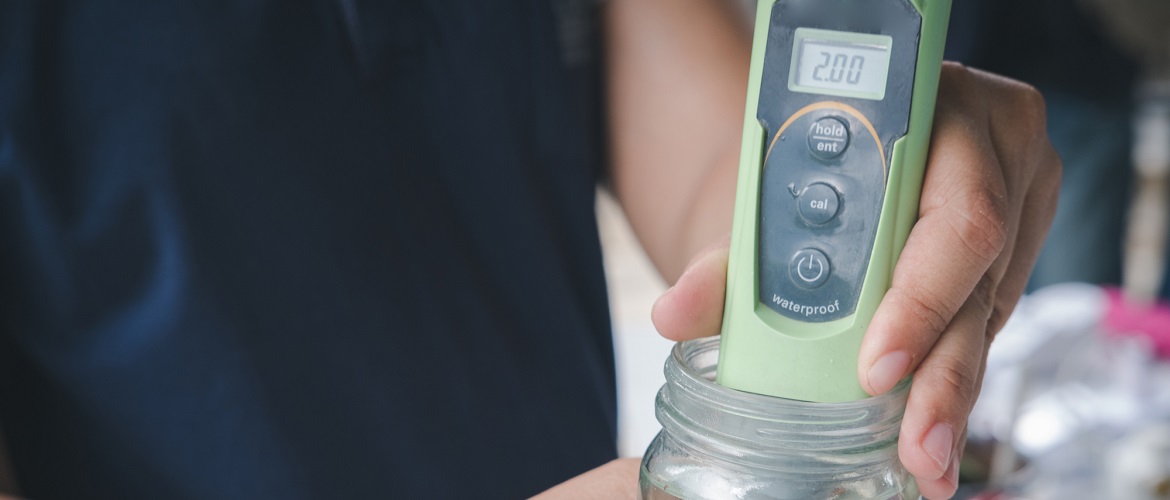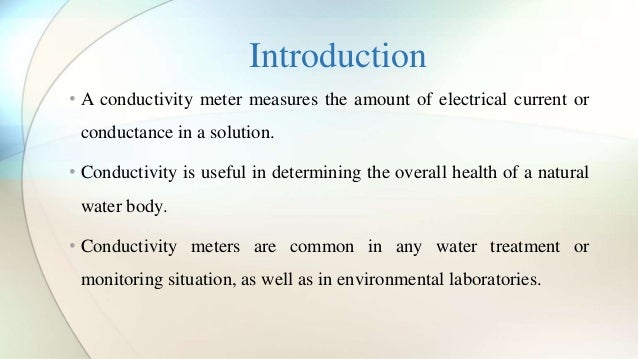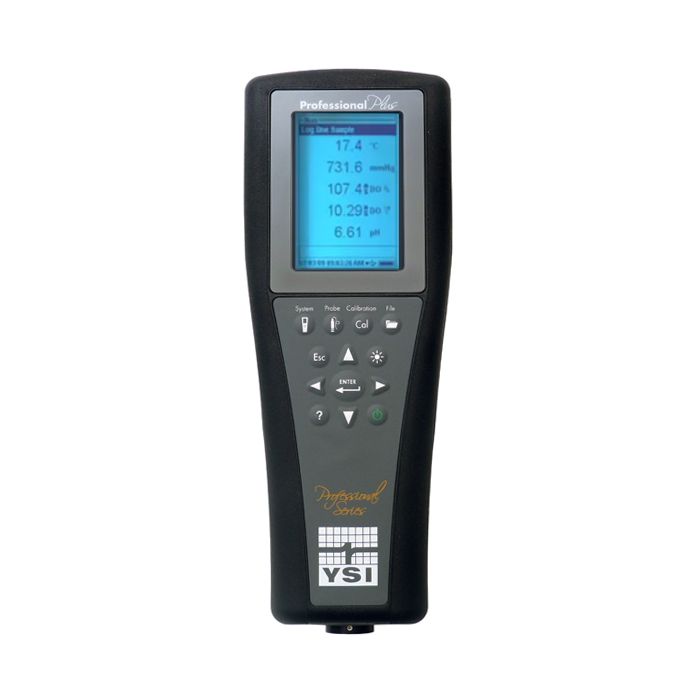Water Conductivity Measurement Methods
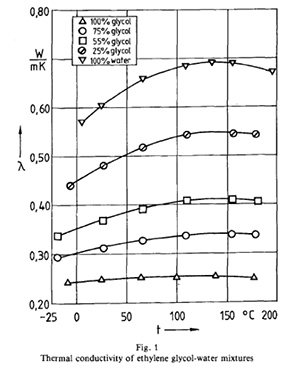
In a power station two types of conductivity measurements are done.
Water conductivity measurement methods. As the temperature of water will affect conductivity readings reporting conductivity at 25 c allows data to be easily compared 3. Conductivity measurements are carried out in all power plants to get an idea about the soluble salts in the condensate and feed water. High quality deionized water has a conductivity of about 0 5 μs cm at 25 c typical drinking water is in the range of 200 800 μs cm while sea water is about 50 ms cm or 50 000 μs cm. Specific conductance is a conductivity measurement made at or corrected to 25 c 3.
Boiler water contacts boiler heat exchangers pumps valves and associated piping. Thus the measure of a water sample s electrical conductivity is a function of its ionic impurity concentration. Specific conductance is usually reported in us cm at 25 c 6. Water impurities like suspended or dissolved solids or dissolved gases produce negative effects within the system.
This is the standardized method of reporting conductivity. Conductivity is traditionally determined by connecting the electrolyte in a wheatstone bridge. Conductivity measurement in boiler water treatment water used in boiler feed should be as pure as possible. Conductivity is therefore an important analytical measurement for certain water purity applications such as the treatment of boiler feedwater and the preparation of high purity water used for semiconductor manufacturing.









